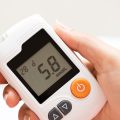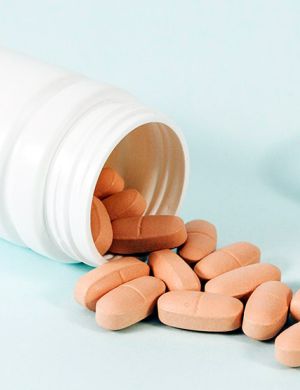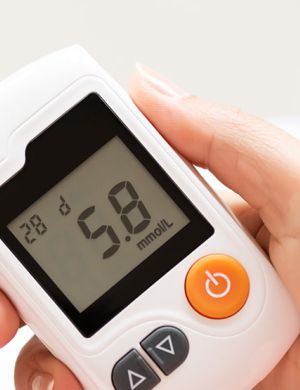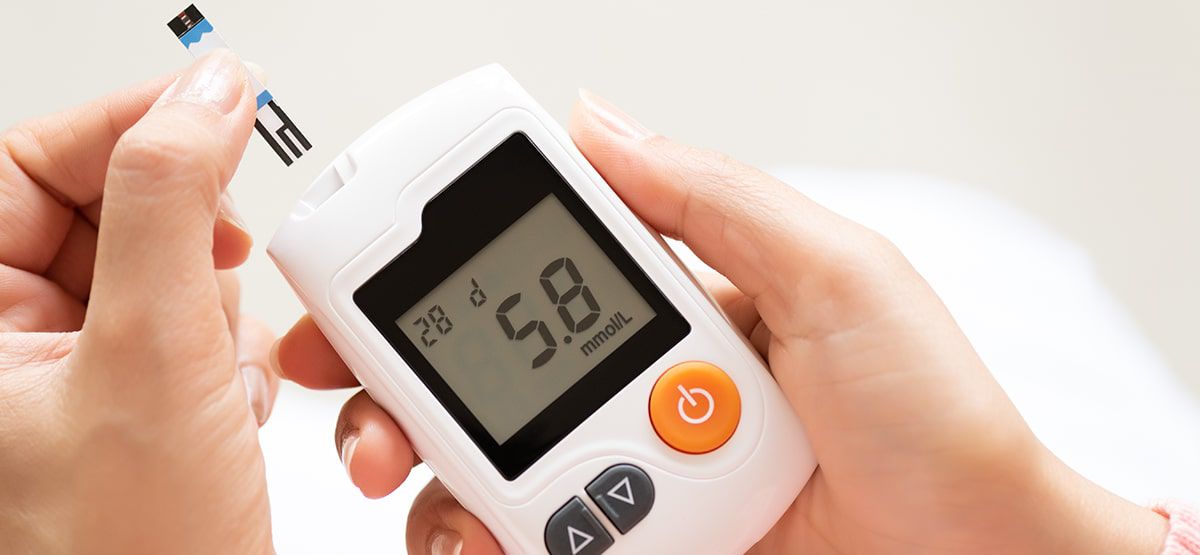
Medical Devices – USA, Europe, Asia and ROW Regulatory News – Sept 2025
USA
Final Guidance: Computer Software Assurance
FDA released its long-awaited final guidance on Computer Software Assurance (CSA), replacing Section 6 of the 2002 software validation guidance. The new framework applies to production and QMS software used under 21 CFR Part 820. Instead of focusing on heavy documentation, CSA promotes a risk-based, critical-thinking approach to validation. Manufacturers are expected to concentrate assurance activities on functions that directly affect patient safety, product quality, and data integrity. This guidance will significantly alter how device companies approach QMS software validation, enabling efficiency without compromising compliance.
eSTAR Program – Reference Update
On 30 September 2025, FDA updated its eSTAR program guidance. Beginning 1 October 2025, all De Novo submissions must be filed electronically via eSTAR, in line with the final guidance Electronic Submission Template for Medical Device De Novo Requests. Limited exemptions are outlined in Section VI.A of the guidance. Beyond De Novo, eSTAR is now available for voluntary use in IDE original and supplement submissions as well as PMA 30-Day Notice supplements. CBER has also begun voluntarily accepting eSTAR for PMA, IDE, and Pre-Submissions involving medical devices. Additionally, FDA issued a draft guidance on eSTAR for Q-Submissions, which, once finalized, will set the mandatory implementation date for Pre-Subs. This expansion of eSTAR reflects FDA’s push toward a digital-first, standardized submission process across the device lifecycle.
EUROPE
Borderline & Classification Manual
The European Commission, through the Borderline and Classification Working Group (BCWG), The European Commission, through its Borderline and Classification Working Group (BCWG), has updated the Manual on borderline and classification under the MDR (2017/745) and IVDR (2017/746). The manual provides harmonised guidance to determine whether products qualify as medical devices or IVDs and explains how classification rules (MDR Article 51, IVDR Article 47) should be applied. It complements existing MDCG guidance, such as MDCG 2022-5 on devices versus medicines, MDCG 2019-11 on software, and MDCG 2021-24 on classification. While national competent authorities retain the responsibility for case-by-case decisions, the manual captures consensus positions established under the Helsinki Procedure, ensuring consistent interpretation, safeguarding public health, and supporting the functioning of the EU internal market.
AUSTRALIA
Guidance: Understanding the medical device application audit process
The Therapeutic Goods Administration (TGA) published updated guidance on the audit process for medical device and IVD applications included in the Australian Register of Therapeutic Goods (ARTG). The document explains the audit framework, sponsor responsibilities, and the need to attach supporting documents such as cover letters, Instructions for Use (IFU), and labels to ensure efficient review. Application audits are used to verify compliance with Australian regulatory requirements and are applied using a risk-based approach, focusing resources where potential safety or performance risks are greater. Four main categories guide non-mandatory audit selection: the nature of the device and application (e.g., software, AI, patient-matched devices, implant cards), regulatory reforms under consideration, post-market safety signals, and the track record of the sponsor or manufacturer. The update reflects TGA’s strategy to maintain proportional oversight, reduce unnecessary burden, and ensure timely access to safe, high-quality medical devices in Australia.
CANADA
Canada – Red Tape Review Initiative
The Government of Canada launched a Red Tape Review across all federal departments and agencies, with Health Canada and the Public Health Agency of Canada leading efforts in the health sector. The initiative aims to reduce unnecessary regulatory burden while maintaining strong protections for public health and safety. It addresses stakeholder concerns about duplicate requirements, complex forms, and lengthy approval processes that create barriers without improving outcomes. In the context of rapid innovation and increasingly complex supply chains, the review seeks to build a regulatory system that is modern, risk-calibrated, internationally aligned, and supportive of Canadian industry. The update highlights actions and initiatives organised into five key themes to streamline processes, encourage cooperation with global regulators, and improve the overall user experience of regulatory programs.
HONG KONG
Technical Reference Document TR-007 “Medical Device Software and Cybersecurity” has been updated and the Chinese version has been released
The Hong Kong Medical Device Division (MDD) has updated Technical Reference Document TR-007: “Medical Device Software and Cybersecurity”, with the revised version officially published on 1st September 2025. The update strengthens guidance on secure development and deployment of medical device software, with a stronger focus on risk management, regulatory compliance, and protection of patient data. To support wider accessibility and promote international harmonization, a Chinese version of TR-007 has also been released. This initiative reflects MDD’s commitment to addressing evolving cybersecurity threats in healthcare technologies and ensuring the continued safety, effectiveness, and security of medical devices.
NEW ZEALAND
New Zealand – Medsafe Safety Communications
Medsafe issues safety communications to support informed decision-making by healthcare professionals and consumers regarding medicines and medical devices. These communications acknowledge that while products provide important benefits, no medicine or device is completely risk-free, and some safety concerns may only emerge after products are in use. Medsafe uses two main types of communications: Monitoring Communications, which share early information about potential safety issues and may seek additional reports from users without recommending treatment changes, and Alert Communications, which are issued once reviews are complete and provide specific advice or actions. Alert communications may also lead to recalls or corrective actions when defective products are identified, with recall details published in the Medsafe Online Recalls Database (MORD). This system enhances New Zealand’s post-market vigilance framework, ensuring risks are investigated, communicated, and addressed in a transparent manner.
Prescriber Update
Medsafe published its quarterly Prescriber Update, a key bulletin providing safety information on medicines and medical devices. The September edition highlighted device-related content, including improved approaches to device coding and the use of MedDRA terminology in adverse event reporting. These updates are designed to align New Zealand’s vigilance systems with international standards, supporting better consistency in safety reporting and data sharing across regulatory jurisdictions. For healthcare professionals, this enhances the ability to detect and respond to safety signals, while for sponsors it provides clearer expectations on how device-related safety issues should be reported. The publication remains an important regulatory intelligence tool for tracking post-market developments.
SOUTH KOREA
Ministry of Food and Drug Safety to Support Regulatory Support for the Medical Device Industry
The Ministry of Food and Drug Safety (MFDS) in South Korea supports the medical device industry by implementing a regulatory framework that promotes both innovation and public health. A key part of this support includes offering consultation meetings with manufacturers to help guide them through the complex and challenging product registration process. The MFDS also facilitates regulatory pathways for different classes of medical devices, which are categorized based on their risk level. Additionally, it provides specific guidance for new technologies like machine-learning medical devices and has revised legislation on manufacturing and quality control standards (K-GMP) to streamline the process. By offering these resources and maintaining clear regulations, the MFDS helps medical device companies navigate the market efficiently.
UNITED KINGDOM
Guidance: Clinical Investigations of Medical Devices
In September 2025, the MHRA published a consolidated guidance on clinical investigations of medical devices, covering both Great Britain (GB) and Northern Ireland (NI). This updated document provides detailed instructions on sponsor obligations, application procedures, timelines, documentation requirements, and ethical approvals necessary for initiating device trials. A key feature of the guidance is the clear separation of GB and NI processes, reflecting the post-Brexit regulatory environment where GB follows UK MDR 2002 (as amended), while NI continues to align with EU MDR requirements under the Windsor Framework. By clarifying these jurisdictional differences, the guidance ensures sponsors can plan clinical investigations more efficiently and in full compliance with local regulatory expectations. It serves as the primary reference for manufacturers, sponsors, and CROs preparing for device clinical trials in the UK, reducing ambiguity and supporting smoother approvals.
Don’t miss out! Click here to stay in touch.
Categories
- Biopharma (58)
- Consumer Health (21)
- Cosmetics (11)
- Diagnostics (5)
- Digital Health (8)
- Food (2)
- Medical Device (112)
- OTC (5)
- Regulatory Intelligence (13)
- Standards (41)
Recent Blogs
Get the latest updates from Vistaar

CONNECT WITH US

Let's talk about how Vistaar can help you




